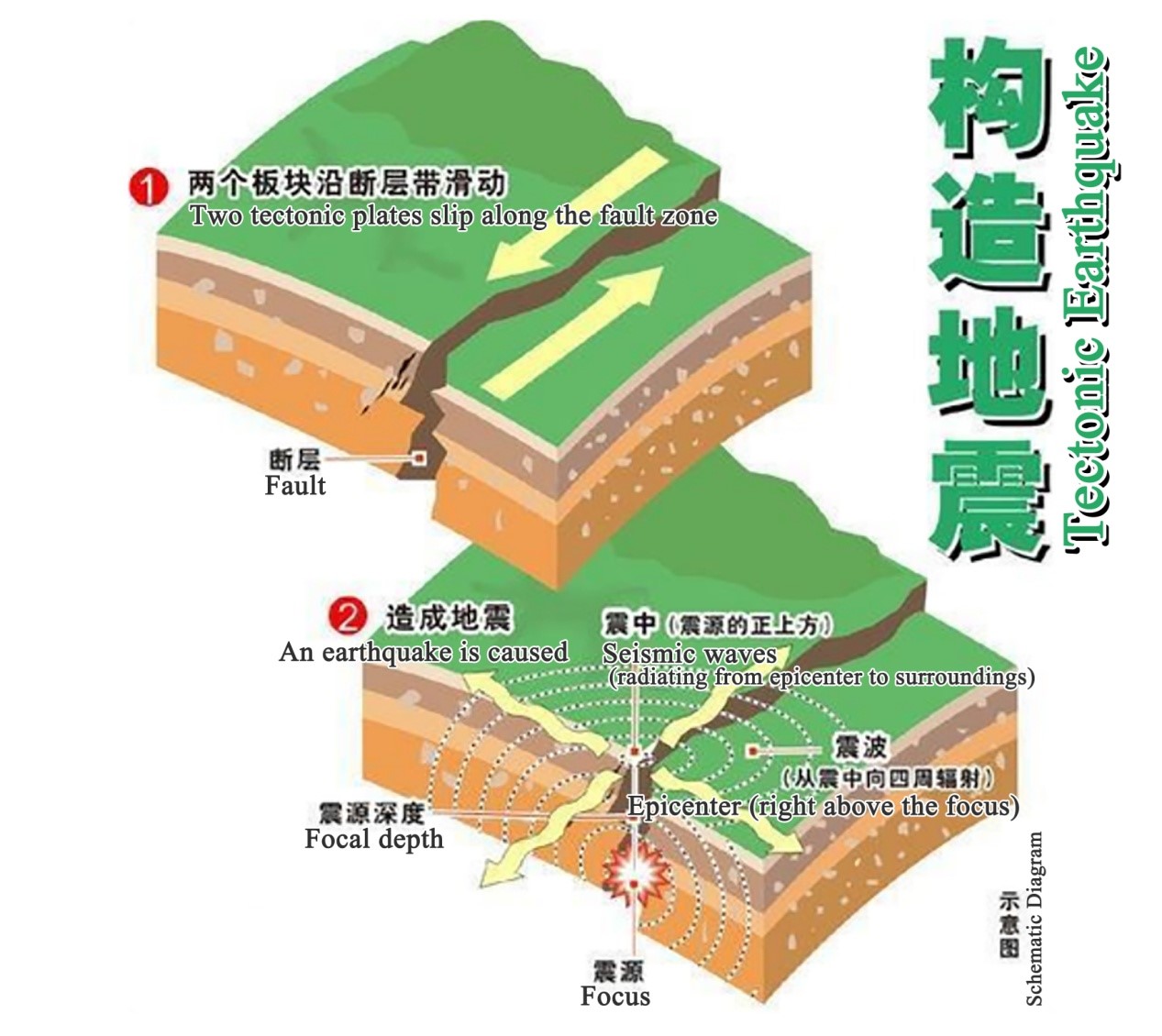Earthquakes that are
generally mentioned are tectonic earthquakes, and the Fuyun Earthquake falls
under this type. How does an earthquake happen?
First, let's look at the
internal structure of the Earth. The Earth is a multi-layered sphere with an
average radius of about 6,370 kilometers. The Earth's crust, the outermost
layer of the Earth, is quite thin, with an average thickness of only 33
kilometers. In conjunction with the uppermost layer of the Earth's mantle
(about 2,900 kilometers thick), it forms a lithosphere about 100 kilometers
thick. Due to the internal tectonic movement of the Earth, when the stratum in
a certain location of the lithosphere suddenly ruptures or dislocates, the
long-term accumulated energy will be rapidly released in an instant. The
tremendous energy is propagated in all directions in the form of seismic waves
until it reaches the surface of the Earth, resulting in ground shaking and
consequently causing earthquakes.
The Kalaxiangeer mountain
range, located in the epicenter of the Fuyun earthquake, protrudes westward in
an arc shape, forming a large tectonic lenticular body in the Keketuohai-Ertai
fault zone. This particular structure is highly prone to accumulating intense
stress in this fault zone, providing material and tectonic foundation for the
occurrence of the powerful Fuyun earthquake.
